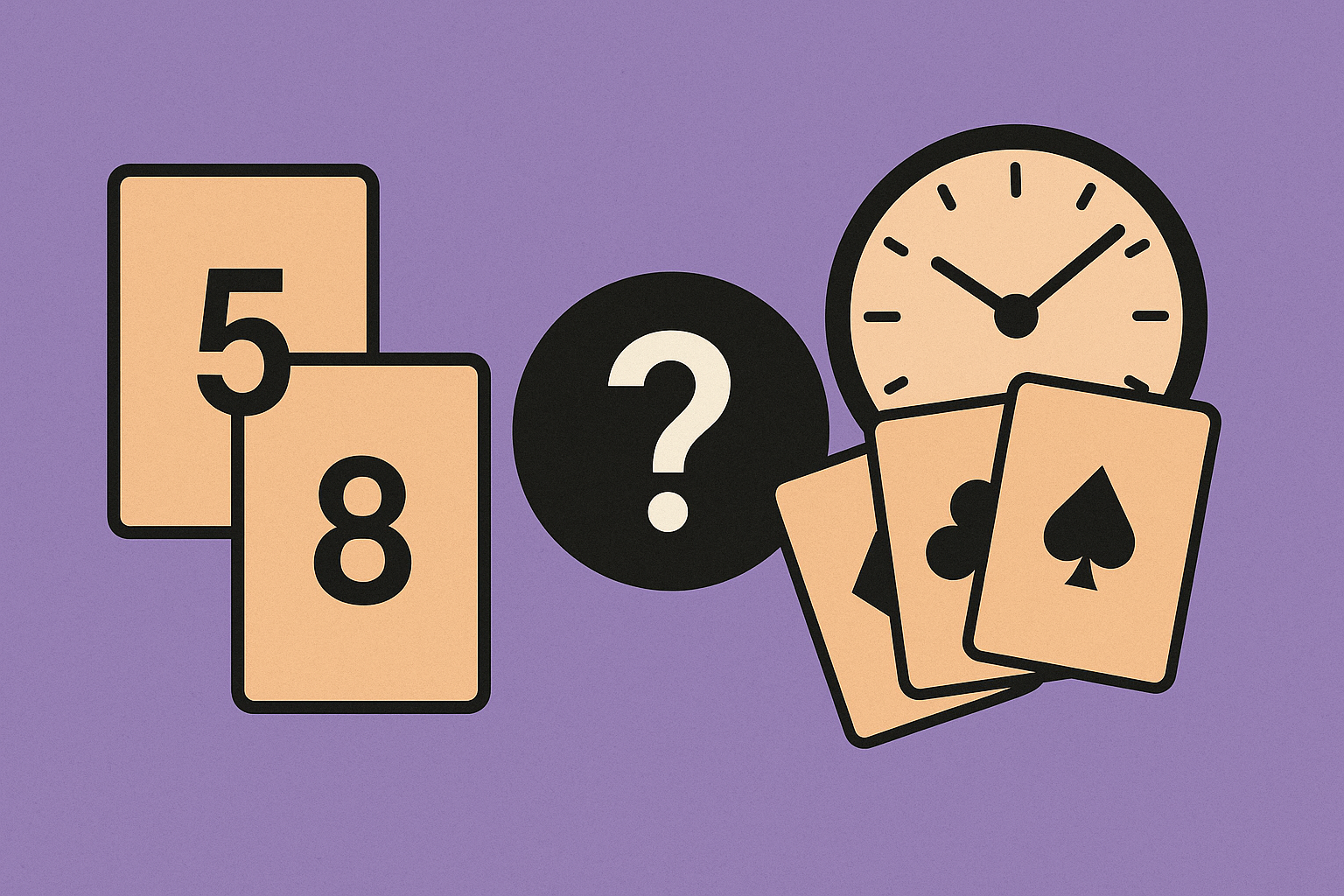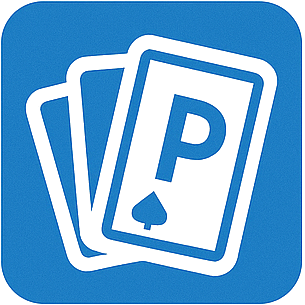
Let’s settle the debate: Should your team estimate in story points or hours?
If you’ve ever tried turning every task into a precise time estimate, only to miss deadlines anyway, you’re not alone. Hours feel exact, but software development rarely is. That’s where story points come in, and why Planning Poker has become the go-to tool for modern Agile teams.
So… what’s the difference, and why does Planning Poker work better than pulling numbers out of a hat (or worse, a spreadsheet)?
⏳ The Case for Time Estimates: Familiar, but Flawed
Time estimates (in hours or days) seem intuitive. After all, we track hours, bill hours, and plan sprints by weeks. But in practice, time estimates tend to fall apart.
The Problem with Hours:
They assume perfect conditions. Reality involves meetings, context switching, bugs, and surprise “quick questions.”
They focus on how long, not how hard. Two devs might take wildly different times to complete the same task, depending on experience and focus.
They discourage team collaboration. Hours are individual-centric; Agile is team-centric.
If you’ve ever heard “That’ll take me 2 hours” turn into 2 days, you know the pain.
🧠 Story Points: A Better Measure for Agile Teams
Story points, on the other hand, measure effort, complexity, and uncertainty, not time.
They’re a relative measure: if a small bug fix is a 1, and a redesign of the login flow feels like five times the effort, it’s a 5. Simple.
Why Story Points Work:
They account for the unknowns. More complex = higher points.
They reflect team velocity. Over time, you’ll know how many points your team can finish in a sprint.
They spark healthy discussions. When someone votes “2” and another says “8,” it’s a cue to uncover hidden assumptions.
They scale better across teams. Points aren’t tied to individuals—they’re team estimates.
Want a quick crash course on story points and Planning Poker? Start here with our beginner’s guide.
🃏 Why Planning Poker Makes It All Work
Planning Poker is more than just fun cards and Fibonacci numbers—it’s the secret sauce that makes story points actually work.
Here’s why:
Everyone votes at once, so no one anchors the team with their opinion.
Outliers trigger great conversations, often revealing missing edge cases or misunderstood scope.
The process builds team alignment, not just estimates.
It’s estimation meets collaboration—with a dash of competitive spirit.
Still deciding between Fibonacci or T-Shirt sizing? Check out this post to choose the right scale for your team.
🆚 But Wait—Can’t We Just Convert Points to Hours?
Some teams try to reverse-engineer points into hours. (“1 point = 2 hours, right?”)
Don’t. Do. It.
That defeats the purpose. Points are meant to be abstract so they can reflect effort regardless of who’s doing the task. Over time, your velocity will give you a natural sense of how many points = how much work, but it’s team-based, not math-based.
Final Thoughts
Time estimates are comforting—but misleading. Story points, used with Planning Poker, encourage real conversations, realistic planning, and resilient teams.
So next time someone asks, “How many hours will this take?”, you can smile and say:
“Somewhere between a 3 and an 8… but let’s talk about why.”
😄
